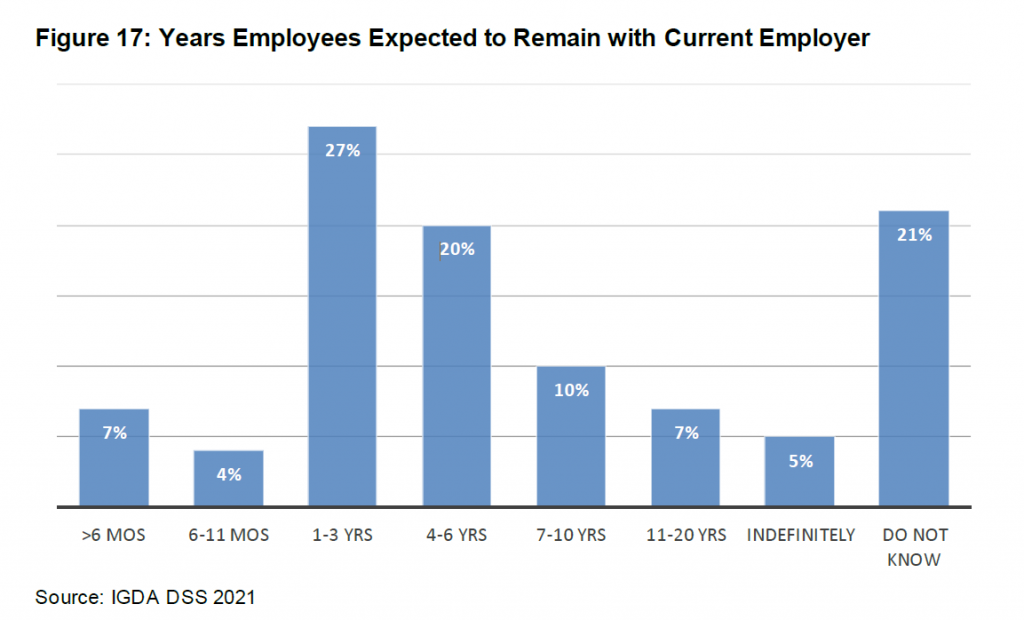The First Three Years is a research project tracking where post-secondary students from video games programs go after they graduate, what their work world is like, and why they may choose to leave the video game industry. Through this project, we hope to make this industry a better place to work.
We began interviewing our participants in late 2021/early 2022. We’ll be wrapping up our final year of interviews with our first cohort of participants in Spring/Summer 2025, and our second cohort in Winter/Spring 2026.
Visit our publications page to see the results we’ve released so far, and keep an eye on the news page for upcoming presentations and publications on the research!
Read about the ethics guiding this research.

Project Summary
Within a few years of finding employment in the video game industry, a staggering number of post-secondary graduates leave it. This project addresses the urgent need to understand why people abandon an industry they worked so hard to enter. Despite much discussion of the transition of highly skilled workers from postsecondary institutions to industry, there remains little to no rigorously produced, reliable information on the host of factors that shape workers’ experiences and economic outcomes. This includes an analysis of the following:
- the effectiveness of game studies curriculum,
- the formal and informal networks that support new workers,
- the mismatch between workers’ and employers’ expectations during the transition from school to work,
- the lack of paid jobs in the industry; and
- the systemic barriers to success that specific cohorts face.
The First Three Years is a multi-year research project to understand the barriers to successful, long-term employment in the video game industry for highly-skilled workers. This project will conduct a longitudinal study to track the employment experiences of 240 graduates from postsecondary video game programs in Canada and the United States over their first three years in the workforce.
This project will provide detailed texture to the findings of both the IGDA Developer Satisfaction Survey (see chart below) and the GDC’s State of the Industry report, both of which highlight the transiency and uncertainty of labor in the game industry.

The 2020 State of the Industry report by GDC found that game development “is an industry driven by young workers who tend to depart within a decade.”

